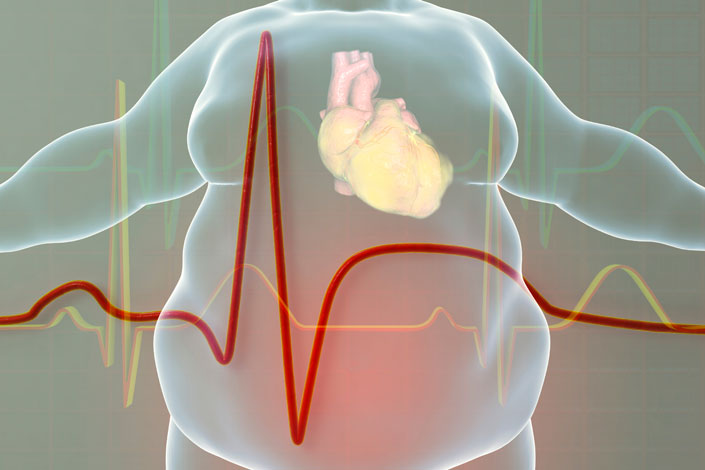
21st December 2019 Nearly half of U.S. predicted to have obesity by 2030 About half of the adult U.S. population will have obesity and about a quarter will have severe obesity by 2030, according to a new study led by Harvard T.H. Chan School of Public Health. The study, published this week in the New England Journal of Medicine, also predicts that in 29 states, more than half of the population will have obesity, and all states will have a prevalence of obesity higher than 35%. The study's researchers estimate that, currently, 40% of American adults have obesity and 18% have severe obesity. These predictions are troubling, since the health and economic impacts of obesity and severe obesity take an increasing toll on several aspects of society, as the researchers explain. "Obesity, and especially severe obesity, are associated with increased rates of chronic disease and medical spending, and have negative consequences for life expectancy," said Steven Gortmaker, Professor of the Practice of Health Sociology at Harvard Chan School and senior author.
For their study, the researchers used self-reported body mass index (BMI) data from more than 6.2 million adults who participated in the Behavioral Risk Factor Surveillance System Survey (BRFSS) between 1993 and 2016. Body mass index (BMI) is calculated by dividing a person's weight in kilograms by the square of their height in metres. Obesity is defined as a BMI of 30 or more and severe obesity is 35 or higher. Self-reported BMIs are frequently biased – so the researchers used novel statistical methods to correct for this. The large amount of data collected in the BRFSS allowed the researchers to drill down for obesity rates for specific states, income levels, and subpopulations across the United States.
The results showed that by 2030, several states will have obesity prevalence close to 60%, while the lowest states will be approaching 40%. The researchers predicted that nationally, severe obesity will likely be the most common BMI category for women, non-Hispanic black adults, and those with annual incomes below $50,000 per year. "The high projected prevalence of severe obesity among low-income adults has substantial implications for future Medicaid costs," said lead author Zachary Ward, programmer/analyst at Harvard Chan School's Center for Health Decision Science. "In addition, the effect of weight stigma could have far-reaching implications for socioeconomic disparities as severe obesity becomes the most common BMI category among low-income adults in nearly every state." Ward and his team say their study could help inform state policy makers. For example, previous research suggests that sugar-sweetened beverage taxes have been an effective and cost-effective intervention for curtailing the rise in obesity: "We find this would probably save more money than it costs to implement," explains Ward. "Prevention is going to be key to better managing this epidemic."
Comments »
If you enjoyed this article, please consider sharing it:
|








